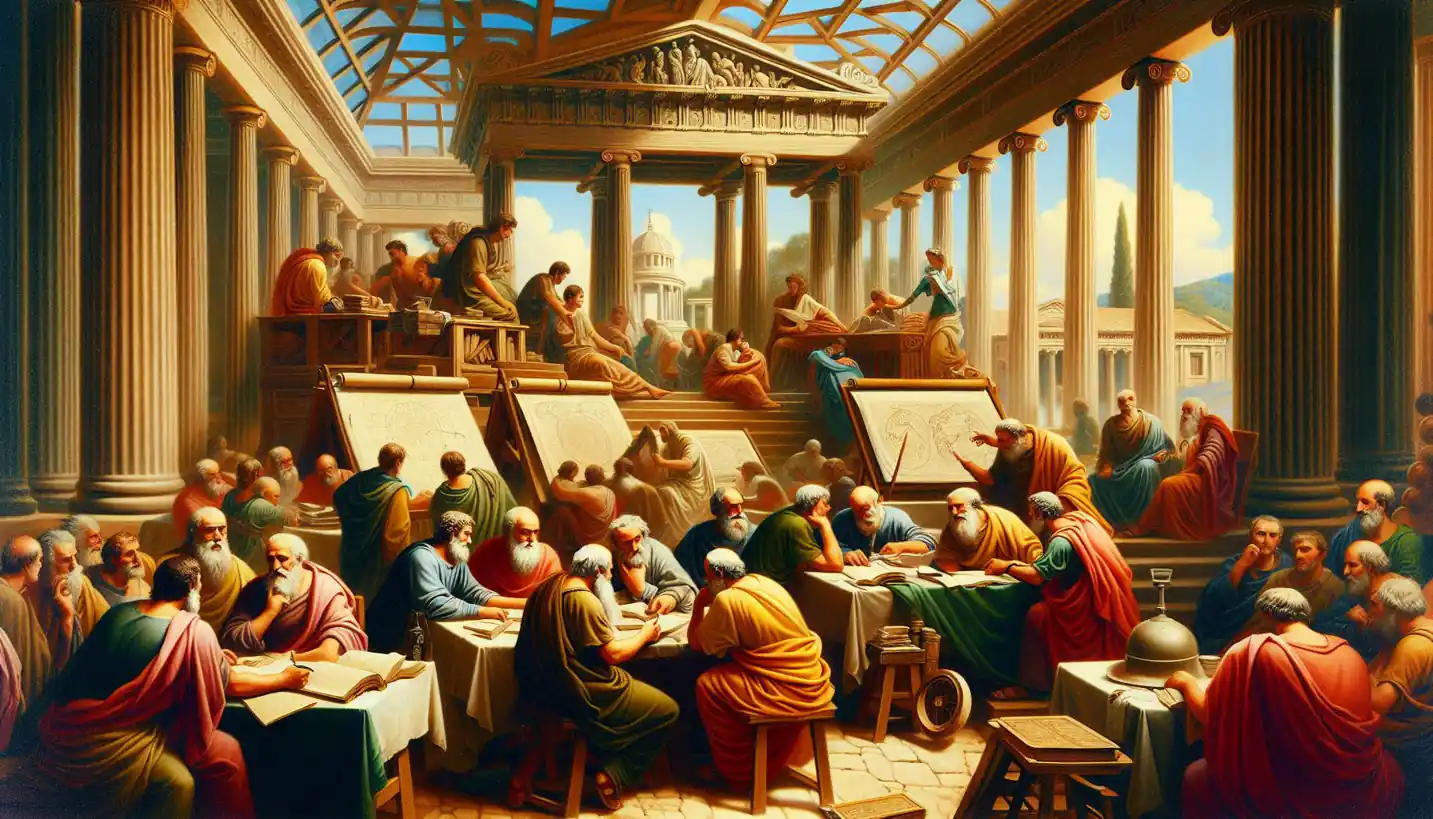· History · 4 min read
Artillery: Power and Precision in Military History
Artillery has long symbolized power and precision in military history, shaping battle outcomes. Dive into the technological advancements and strategic uses over time.

Throughout history, artillery has played a crucial role in shaping the battlefield, acting as both a tool of destruction and a symbol of technological advancement. From the thunderous booms echoing across historic battlegrounds to the precision strikes of modern warfare, artillery has been a game-changer in military history.
Artillery, which refers to large-caliber guns used in warfare on land, has its roots deeply embedded in the past. Picture the scene: massive cannons rolling across rugged landscapes, propelled by men and horses, ready to unleash their explosive power. These weapons transformed not just battles, but the strategies employed by armies around the world.
The Birth of Artillery
The story of artillery begins with the invention of gunpowder. Originating in China around the 9th century, gunpowder quickly spread to the Middle East and Europe. With it came the dawn of artillery, changing the face of warfare forever. By the 14th century, European armies began using rudimentary cannons, awkward and unreliable, but groundbreaking nonetheless.
Imagine for a moment, standing in the midst of medieval warfare before the advent of artillery. Battles were fought at close quarters, with swords clashing and arrows flying. The introduction of artillery added a new dimension, allowing armies to strike from a distance with devastating impact. Castles that once offered impregnable defense were suddenly vulnerable, their towering walls no match for the explosive force of cannonballs.
Revolutionary Changes
Artillery’s influence on military tactics rapidly increased over the centuries. Fast forward to the Napoleonic Wars, where artillery had become an essential part of military strategy. Napoleon Bonaparte, a master of artillery, understood its potential like no other. He utilized it to great effect, concentrating firepower in strategic locations to devastate enemy formations.
Consider the Battle of Waterloo in 1815, where artillery played a pivotal role. Napoleon’s use of artillery was both aggressive and innovative, setting the stage for modern combat tactics. It’s fascinating to think about how artillery’s mobility and sheer firepower could dictate the flow of a battle, effectively changing the course of history.
The Industrial Revolution and Beyond
The Industrial Revolution brought unprecedented advancements to artillery technology. Steel replaced bronze, allowing for stronger and lighter cannon construction. Innovations such as rifling—adding grooves inside the barrel—gave projectiles spin, increasing their range and accuracy. Ammunition also evolved, with explosive shells capable of causing greater destruction.
World War I saw artillery being employed on a massive scale, earning it the nickname “the king of battle.” Artillery barrages softened up enemy lines before infantry attacks, a tactic used with ruthless efficiency. Trench warfare became emblematic of this era, with artillery barrages creating a haunting and dangerous environment for soldiers on both sides.
Modern Artillery: Precision and Power
Today, artillery is more advanced and precise than ever. Computers and satellite technology have transformed how artillery operates on the battlefield. Modern artillery can strike with pinpoint accuracy, minimizing collateral damage. Guided munitions and advanced targeting systems mean that even the most fortified positions can be destroyed with surgical precision.
Think about the development of howitzers or modern artillery platforms like the U.S. M777 or Russia’s 2S19 Msta. These are not just weapons of war; they are marvels of engineering, capable of hitting targets miles away with remarkable accuracy.
Artillery in Future Conflicts
As we look towards the future, questions arise about the role of artillery in warfare. With the rise of drones and cyber warfare, is artillery becoming obsolete, or will it continue to evolve? What innovations will define its future?
Despite these questions, one thing is clear: artillery has been, and likely will continue to be, an indispensable part of military strategy. As technology continues to advance, so too will the capabilities and roles of these powerful weapons.
Artillery’s Impact and Significance
Artillery has not just changed how wars are fought but also how they are perceived. It has underscored the importance of technological innovation in warfare and the relentless march of progress. Each cannonball and shell fired symbolizes the evolution of human ingenuity in pursuit of both defense and dominance.
The legacy of artillery is written in the history of countless battles and sieges. Its thunderous echoes remind us of the profound impact technology can have on human conflict, highlighting the balance between power and precision.
In essence, artillery isn’t just a weapon of war; it’s a testament to the creativity and tenacity of those who wield it. As history has shown, its influence stretches beyond the battlefield, reminding us of the ever-evolving nature of military history.


